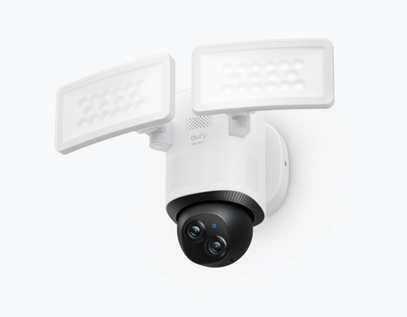High Performance Computing (HPC) is a critical asset that drives innovation across all industries, and this has never been more evident than during the rapid development of vaccines to combat the COVID-19 pandemic. HPC teams are exploring modern approaches to running HPC to deliver innovations faster and more efficiently.Our HPC team within the VMware Office of the Chief Technical Officer (OCTO) had an opportunity to demonstrate the additional value that the VMware portfolio can bring to driving innovation faster, by collaborating with the Technical University of Denmark (DTU) to bring enterprise capabilities to its national supercomputing system (Computerome 2).
Teaming up to accelerate innovation
By using VMware technology, DTU captures the benefits of virtualizing HPC workloads while delivering performance that is comparable to bare-metal HPC. Leveraging compute, the network-virtualization stack, and Infrastructure-as-Code, DTU reached a level of flexibility, operational efficiency, agility, and security the university could not have achieved in bare-metal environments — enabling faster time to insights and discovery. VMware’s network virtualization technology has low overhead and enables easy division of data into separate private clouds to meet the security needs of research data.

DTU’s supercomputing design team started the design process for Computerome 2 in around 2017 and wanted to go beyond the conventional approach used for building HPC clusters. DTU decided that it would leverage cloud technologies, and its team met with VMware to explore the possibilities of using existing tried-and-tested enterprise software that powers customer cloud environments. Different approaches to using this methodology underwent extensive testing by VMware, together with DTU.The results of the collaborative development process showed excellent results and in 2019, Computerome 2 saw the light of the day, running on VMware’s technology.
Building secure HPC clouds for life science
Computerome 2 is one of the world’s largest virtualized computer systems, serving a library of over 3,000 different life science applications. It has over 31,000 CPU cores with 210 terabytes of memory, connected to 20 petabytes of high-performance storage.
The project merged a traditional HPC platform with a flexible, virtualized multi-tenant cloud platform. It is a key enabler to combine many different types of highly sensitive personal health data in compliance with data-protection regulations.
Separation of data from workloads is pivotal in this case, since Computerome 2 handles sensitive healthcare-research data for users from many different organizations, as well as clinical data. This is made possible by leveraging vSphere for compute virtualization and NSX-T network virtualization technology to provide the necessary level of separation and multi-tenant security. Workflow automation use cases allow DTU administrators to rapidly create and destroy a variety of complex, pre-configured environments for a range of end-user scenarios. This flexibility greatly increases the level of agility that can be achieved with respect to satisfying diverse end-user needs in a repeatable and robust manner.
Ready to learn more? Check out these resources:




